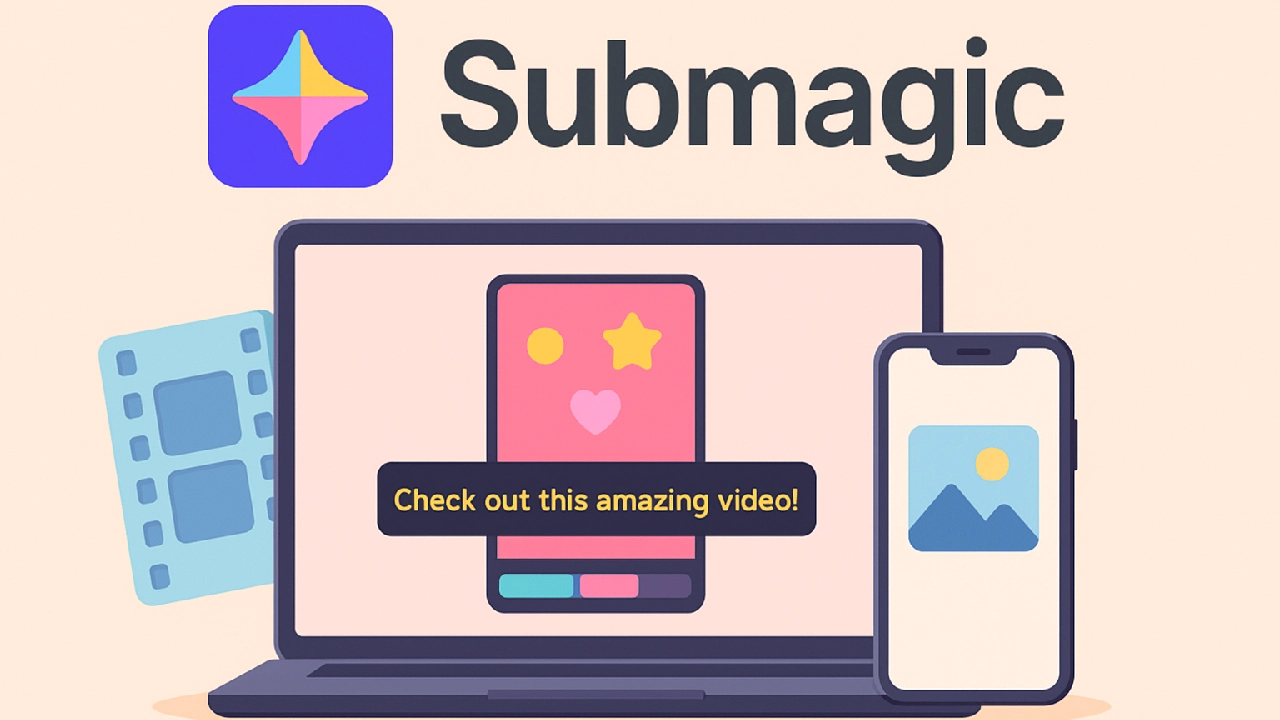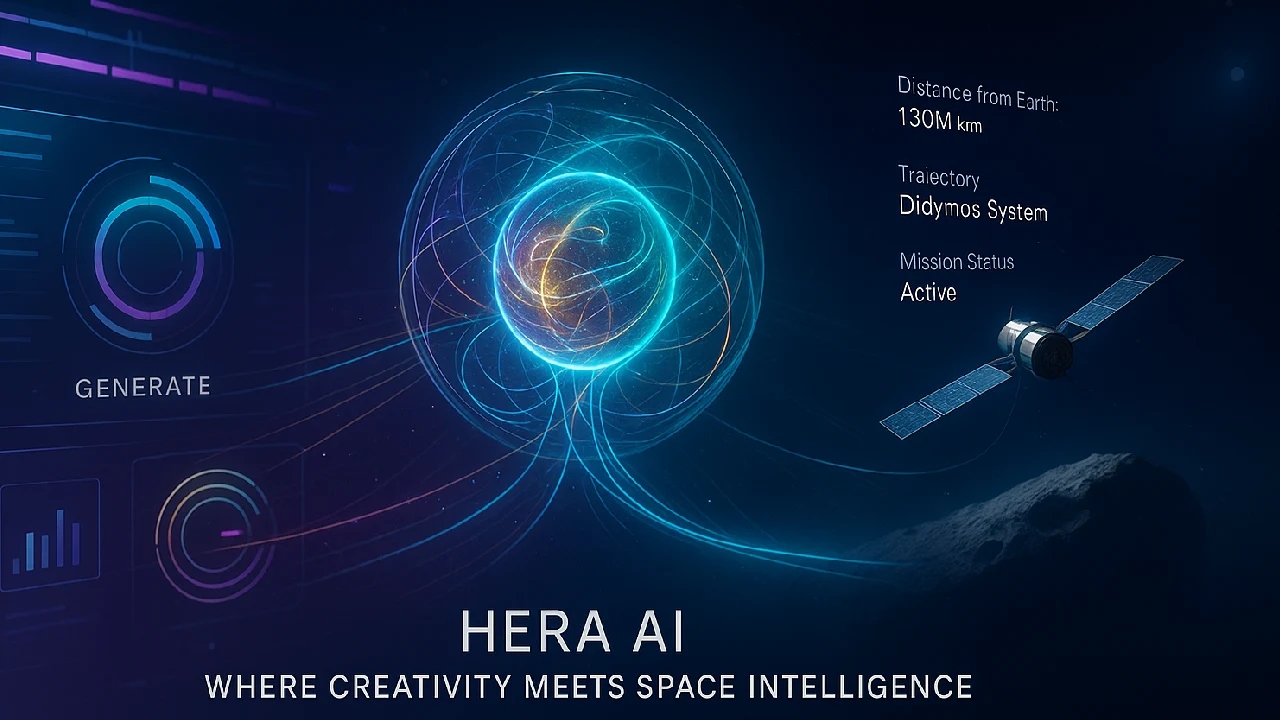Submagic AI transforms extensive edits into viral-ready clips in minutes, including auto-captions, B-rolls, and trending templates to increase interaction instantaneously.

Submagic AI is an AI-powered video editor designed for short-form makers on TikTok, YouTube Shorts, and Instagram. It promises to make captioning, editing, and improving videos faster than before while maintaining quality. With features like auto-captions, magic clips, and B-roll automation, artists may save time while still making their video popular.
What is Submagic AI
Submagic AI is a specialized AI-powered video editing tool designed for short-form platforms like TikTok, Instagram Reels, and YouTube Shorts. Submagic, unlike traditional editors such as Premiere Pro or DaVinci Resolve, concentrates on speed, subtitles, and viral optimization. Its fundamental technology generates correct subtitles in over 48 languages through speech recognition, natural language processing, and machine learning. In addition to captions, it automates trimming, reframing, audio cleanup, and adding B-rolls, making professional editing accessible to even beginners.
Key Features of Submagic AI
- Auto-Captions & Subtitles with >98% accuracy across 48 languages.
- Customizable captions with fonts, colors, templates, emojis, and keyword highlights.
- Magic Clips to repurpose long videos into viral-ready shorts with a “virality score.”
- Magic B-rolls that auto-insert stock videos from Storyblocks to boost storytelling.
- Audio Enhancements like AI clean audio, filler-word removal, and background music libraries.
- Workflow automation with AI-generated hooks, descriptions, and hashtags.
- Collaboration tools for team editing.
- High-quality export up to 4K with 30/60 FPS and SRT caption downloads.
These tools allow artists to turn raw content into polished, platform-ready videos with no extra effort.
Why Submagic AI Matters for Creators
In today’s short-form content economy, artists do not have the time to manually edit long videos. Submagic’s ability to generate captions, highlight keywords, add emojis, and even recommend hooks boosts viewing time and engagement. With its AI-powered virality scoring and auto-optimization features, even inexperienced artists can compete with professional teams. Agencies also profit from scaling their content output across several clients, which saves time and money.
Submagic AI vs Competitors
- Capcut: Submagic is faster for subtitle accuracy, supports more languages, and provides trendy caption templates. Capcut offers broader editing but lacks Submagic’s automation focus.
- Zubtitle: Supports slightly more languages, but Submagic wins with emojis, animations, and user-friendly templates.
- VEED: Broader toolset, but Submagic dominates in short-form automation.
- Opus: Strong for auto-short generation, while Submagic excels in subtitle engagement.
This makes Submagic an excellent complement to generalist tools while standing out for subtitle-first editing.
Who Should Use Submagic AI
- Content Creators: Solo YouTubers, TikTokers, and influencers who want polished videos quickly.
- Agencies & Businesses: Marketing teams producing scalable short-form content.
- E-commerce & Real Estate Brands: Businesses that rely on engaging, captioned product or property videos.
- Beginners: Anyone frustrated by complex editors but eager to publish quality short videos fast.
Finally, Submagic AI saves hours of editing work while increasing the quality and reach of content, making it an invaluable tool for anybody serious about short-form video.
FAQ Section
Q: Is Submagic AI better than Capcut?
A: Submagic delivers faster, more accurate subtitles and customizable templates compared to Capcut. However, Capcut offers a broader range of editing tools beyond captioning.
Q: Does Submagic AI support multiple languages?
A: Yes, it supports over 48 languages for transcription and translation, enabling creators to reach global audiences with accurate captions and subtitles.
Q: Can Submagic AI replace full video editors like Premiere Pro?
A: No, it’s optimized for short-form content. While it outperforms traditional editors for captions and clips, it lacks full-scale editing tools required for feature-length projects.







